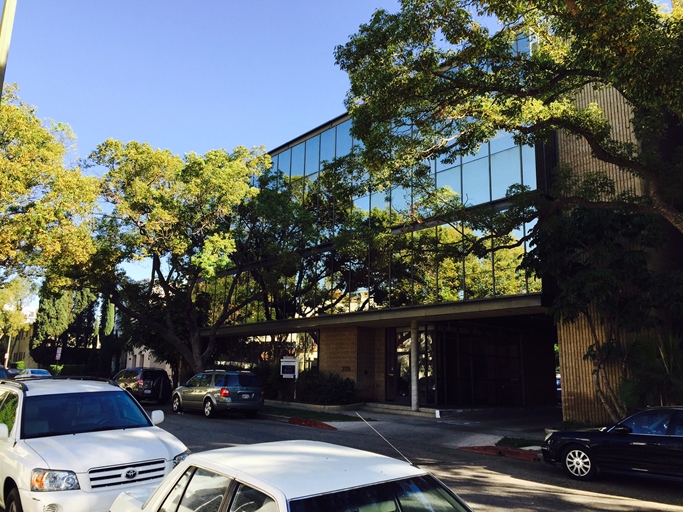Bankruptcy Options Presentation Outline
Some time ago, I provided a presentation about different Bankruptcy Options that are available. bellow is the outline of my presentation.
● Topics that will be covered
– Bankruptcy disclosure basics
– Different bankruptcy chapters, ch7 & ch13
– Requirements to filing bankruptcy
– The process
– Attorney fees & Costs
– Should you file bankruptcy
– What to expect after bankruptcy
– Questions answered
● Bankruptcy disclosure basics
– Everything must be listed in the petition
● Assets, debts, income expenses
– The court wants to know your entire financial situation
● No pick and chose
– You can still keep things you want to keep
● you just need to indicate your intentions in the bankruptcy petition
● Different bankruptcy chapters
– Chapter 7
● Straight bankruptcy
● You do not pay back unsecured creditors
● The process lasts 4 months from filing to discharge
● All unsecured debt is wiped out
● Taxes and Student Loans are NOT discharged
● If you want to keep secured property, you just continue making payments
● Most of the time you keep most of your property
● Different bankruptcy chapters
– Chapter 13
● Payment Plan bankruptcy
● You pay back over 3 – 5 years your disposable income
● The process lasts 3 to 5 years
● All unsecured debt and back taxes is wiped out
● Student Loans are NOT discharged but paid equally as other unsecured creditors
● 2nd mortgage May be removed
● Can keep more assets than in chapter 7
● Different bankruptcy chapters
– Which chapter to file under.
● Usually chapter 7 is a better alternative
– 80% of bankruptcy filings are ch7
● Must pass the Means test to file ch7
– Median income, contractual obligations…
● If unable to do chapter 7, chapter 13 can be done with minimum payments.
– Sometimes ch13 may be to your advantage. Strip second on house, pay back taxes..
– Chapter 13 is voluntary and you can dismiss if not workable for you.
● Requirements to filing bankruptcy
– Documents you will need ch7 or ch13
● Pay stubs for last 60 days
● Tax return for the last 2 years
● Recent credit card statements and collection letter
● Any and all documents from anybody claiming you owe them money
● Mortgage and car payment statements
– Two online courses, the 1st to be completed prior to filing of the petition.
● The process
– Initial meeting with me.
– Sign you up to complete the 1st Online course
– Prepare and file the bankruptcy petition (stay in effect)
– Attend Creditors meeting 30 days after filing
– Sign you up to complete the 2nd Online course
– 60 days objection period expire
– (Ch7) Discharge 4 months after filing.
– (Ch13) confirmation hearing, continued payments for 3-5 years, then the discharge
● Fees and Costs, Quoted upfront.
– Ch7 Attorney fees varies from $1,000 to $3,500.
● depending on the amount of unsecured debt, the number of creditors,
potential adversarial filings, types and amount of assets involved, and
other legal issues that may be evident after an initial interview.
● Usually its a Flat fee that includes everything from beginning to the end.
● Fees must be paid in full prior to filing
– Ch13 Attorney fees varies from $3,500 to $4,500.
● Depending if need to avoid a lien on 2nd mortgage
● Fees paid partially upfront and balance in the plan
– Filing fee $299 (ch7), $274(ch13)
– 2 Online courses, $100.00 total
● Should you file bankruptcy?
– If your credit is damaged, filing bankruptcy will not make it any worst. It will begin the repair process.
– You can only file one chapter 7 every 8 years.
– Ask yourself, do you see a light at the end of the tunnel? (delaying the inevitable will only make things worst. Penalties and interest keep accumulating) Bankruptcy




